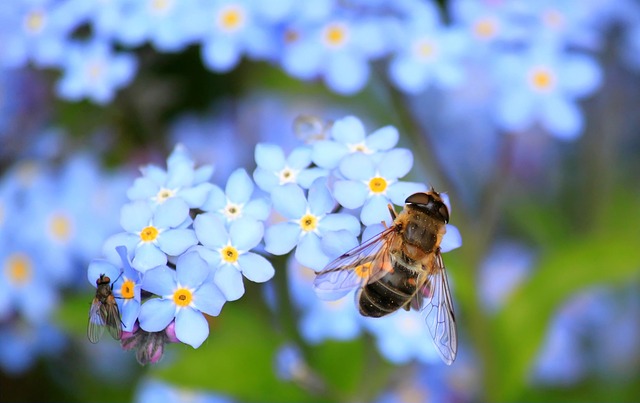 Bees are a crucial part of our ecosystem, and their decline in numbers is a cause for concern. Canada, like many other countries, has seen a significant decline in its bee population over the last few decades. This decline is due to a range of factors, including habitat loss, pesticide use, climate change, and disease.
Bees are a crucial part of our ecosystem, and their decline in numbers is a cause for concern. Canada, like many other countries, has seen a significant decline in its bee population over the last few decades. This decline is due to a range of factors, including habitat loss, pesticide use, climate change, and disease.
Habitat loss is one of the primary reasons for the decline in bee populations. As urban areas expand, natural habitats are destroyed, leaving bees with fewer places to nest and forage for food. This loss of habitat is especially harmful to wild bee populations, which rely on a diverse range of flowers and plants to survive.
Pesticides are another significant factor in the decline of the Canadian bee population. Many pesticides, including neonicotinoids, are toxic to bees and can cause significant harm to both wild and domestic bee populations. These pesticides can affect bees’ immune systems, making them more susceptible to disease and other environmental stressors.
Climate change is also playing a role in the decline of bee populations. As temperatures rise, flowers and plants are blooming earlier in the year, causing a mismatch between the timing of bee activity and the availability of food. This lack of synchronization can make it harder for bees to find food and may contribute to declines in their populations.
Finally, disease is another factor in the decline of bee populations. Bees can be affected by a range of diseases, including viruses, bacteria, and fungi. These diseases can weaken the bees’ immune systems and make them more vulnerable to other stressors, such as pesticides and habitat loss.
To address the decline in the Canadian bee population, there are several actions we can take. First, we can work to protect and restore natural habitats, providing bees with places to nest and forage for food. Second, we can limit the use of pesticides, especially those that are toxic to bees. Third, we can work to mitigate climate change by reducing greenhouse gas emissions and implementing strategies to help bees adapt to a changing climate. Finally, we can invest in research to better understand the factors that are contributing to the decline in bee populations and to develop effective solutions to address these issues.
By working together to address the factors contributing to this decline, we can help protect one of our most important pollinators and ensure the health of our ecosystems for years to come.
